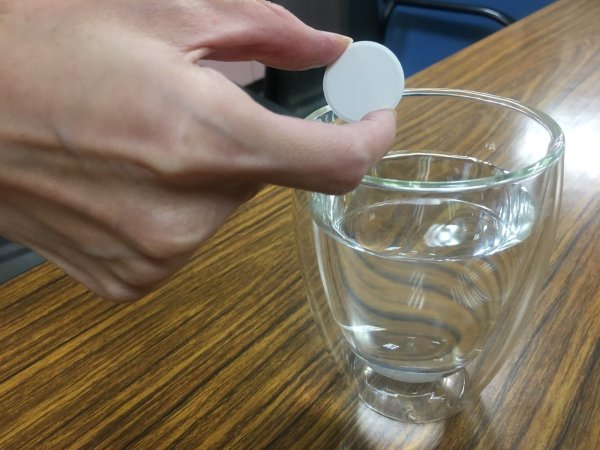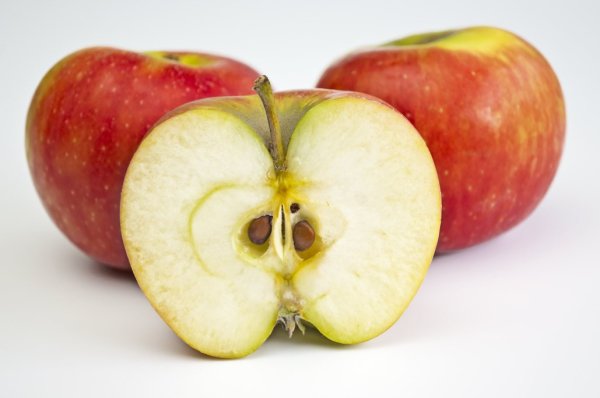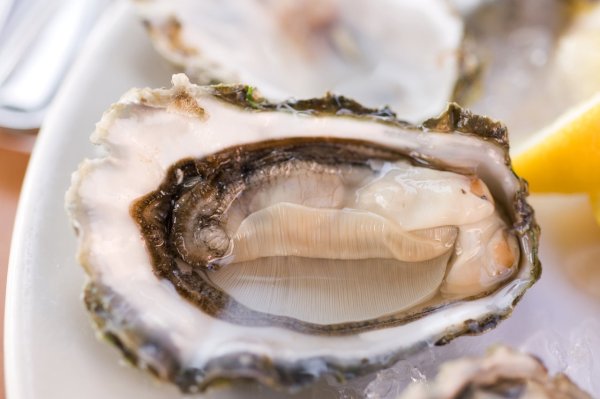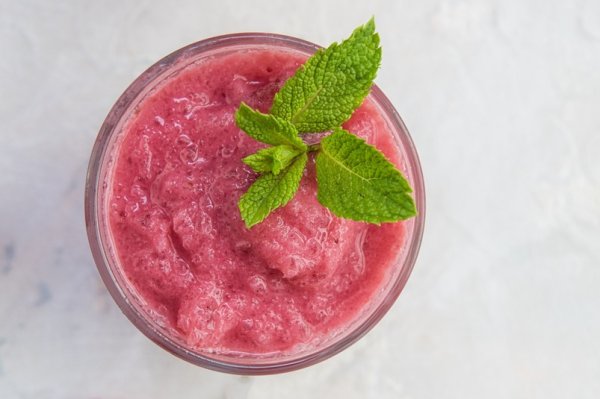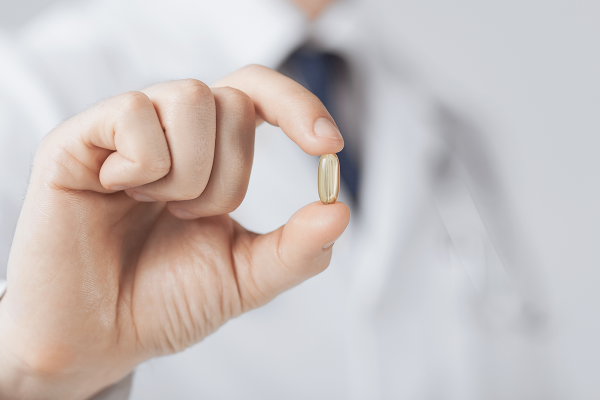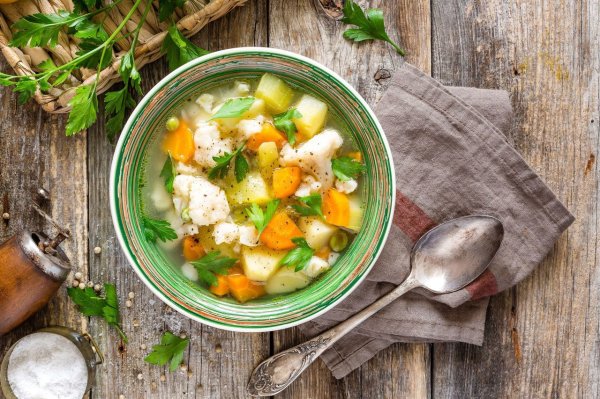Eating tomato sauce and hot dogs is equivalent to "eating squids"? Experts expose the truth of red pigments 6 methods to distinguish artificial/natural pigments

Eat noodles or instant potato and chicken pieces, tomato sauce is almost a must-have ingredient for many people. In order to make food look more delicious, many food operators often add food coloring to increase coloring to improve purchase rate. But do you know? The red pigment added to the fresh red squid of tomato sauce is actually made from "rouge squid", while the red pigment of hot dogs, strawberry squids, and mouth red... is also from the rouge squid. In addition to the natural pigment of rouge, Yuanqi.com has also sorted out the differences between natural pigments and artificial pigments. Let’s take a look.
Red natural pigment. Is it actually used "rouge" to enhance theRouge? According to the Executive Yuan Food Safety Information Network, Rouge is native to South America. Since its body contains a large amount of red blood, it becomes a natural red pigment after grinding and processing. It was used to obtain red dyes as early as the Aztec Empire. It is a common red natural food coloring "rogue" in modern times. It is not only used in various foods such as strawberry sauce, tomato sauce, fragrant kidney, hot dog, juice and red candy, but is also one of the ingredients for many reddish flavours. It is harmful to humans when consumed in a suitable amount. The World Health Organization has discovered that Rouge may cause allergic reactions to some asthma patients. It is recommended to avoid asthma patients without eating foods with added Rouge.
Since the ingredients of the "rouge" pigment are made of "rouge", if the food is added with rouge, it will be eaten by eating. Vegetarians should pay special attention to the ingredients of foods such as strawberry sauce, tomato sauce, juice, and red candy to avoid breaking the precepts.

Coloring is the first impression of food. In order to make food "win at the starting point", some food operators will add food coloring to make food less likely to change color due to temperature or air, and look fresh and delicious. But after looking at the food labels carefully, do you know what the pigment is?
According to the Agricultural Knowledge Portal of the Executive Yuan Agricultural Committee, food coloring can be divided into two categories according to the source of the material: natural and artificial. Currently, Taiwan has approved 48 natural food coloring and 8 artificial synthetic food coloring. The raw materials for natural pigments come from plants, animals and minerals, but due to limited production and high prices, it contributes to the emergence of artificial pigments. Artificial pigments are mainly made of aniline dyes separated from coal tar. Compared with the former, they are more delicious, and are more heat-resistant and do not affect the taste of food. They are widely used by food industries.
‧Artificial pigments However, many studies have pointed out that artificial pigments are not only without nutritional value, but may also affect health. Symptoms such as allergies, decreased fertility, fetal malformations, and polydysfunction may be related to long-term excessive consumption of foods containing synthetic pigments, and some may have carcinogenic risks. In order to avoid excessive or incorrect use, the Food and Drug Administration of the Ministry of Health has approved 8 types of coal coke artificial pigments, and clearly stipulates the dosage and usage conditions, which are: Blue No. 1, Blue No. 2, Green No. 3, Yellow No. 4, Yellow No. 5, Red No. 6, Red No. 7, and Red No. 40.
‧Natural pigments have been re-respected as modern food security and nursing business awareness improves. Compared with artificial pigments, most natural pigments are extracted from plants, which is less burdened to humans. However, natural pigments have higher cost and short shelf life, which are easily affected by external environment and have poor compatibility. Most of the foods on the market use artificial food pigments. There are 48 natural pigments that are allowed to be used in Taiwan, such as ginger yellow, chili red pigment, blue and white pigment, leaf green, tomato cerevisia, rosin, sausage yellow, beet red, spinach green and cocoa color, so natural pigments can also provide a certain amount of nutrients in the human body. A few of them also come from the autoimmune, such as hemoglobin and aspergillin.
Study shows that eating food additives, whether artificial or natural pigment, may lead to decreased fertility, deformity, and carcinogenicity in adults, and may also cause inattention (ADHD), overbearing, poor self-control, and learning disorders in children. However, as long as food is within the scope of "food additives and usage, limited quantity and specification standards", there is actually no real evidence to cause damage. Nevertheless, whether it is natural pigments, artificial pigments, or non-natural food additives, there should be no excessive consumption in consumption to avoid affecting physical health.
6 Method to distinguish between artificial pigments/natural pigmentsHow to distinguish between artificial pigments and natural pigments? The Taiwan Children's Food Education Association, a social legal person, teaches you 6 tips to distinguish the source of food coloring.
1. When purchasing, first turn to the back of the food packaging and look at the ingredient label. The artificial pigment will record the number.2. After eating, check whether the tongue has pigmentation. Too many artificial pigments will make the tongue full of color.
3. Artificial pigments are more delicate and natural pigments are dull.
4. Price and brand: The European Union needs a warning, and most international manufacturers choose natural pigments to increase consumer confidence. In addition, natural pigments are expensive and are usually much higher than foods that use artificial pigments.
5. Beautiful and delicious blue and green foods (this color system is not easy to obtain, and it is generally artificial). On the contrary, red and yellow are more and more stable and natural pigments are used.
6. Natural pigments will change color due to changes in acid concentration, and artificial pigments will not be affected. Operation tips: If you drop a little vinegar or lemon juice on the food, the color will change, which means that the chance of natural pigment is higher.



